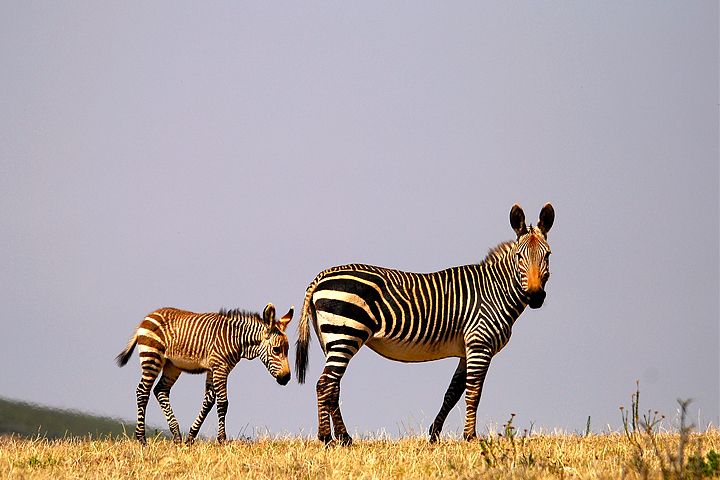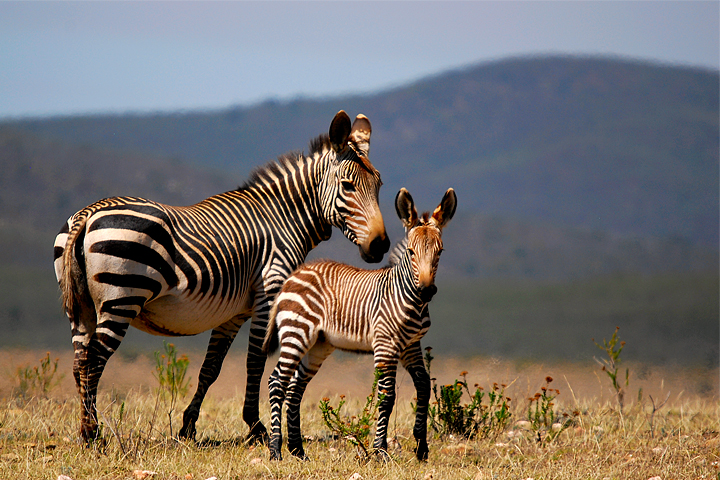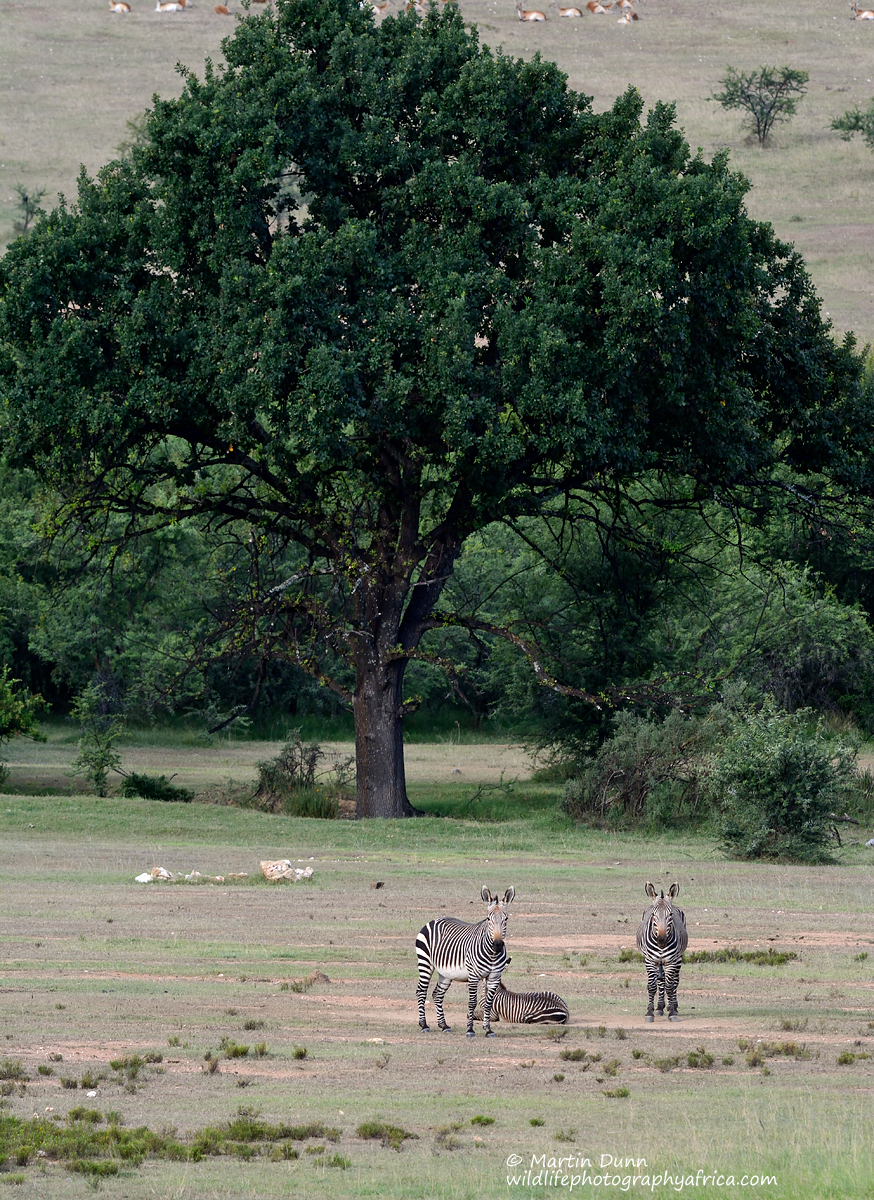Of the 4 zebra species in Africa, the Cape Mountain Zebra (equus zebra zebra) is both one of the most beautiful and one of the least numerous. It is indigenous to only part of South Africa’s Western Cape province.

60 years ago the population was estimated to be as few as 80 animals. 15 years ago there were still less than 750 and almost all of these were in reserves. The population now (2014) stands somewhere around 4,000 and is growing at a rapid rate. Perhaps too rapid.

In part this is a great success story. A species with critically low numbers has been brought back from the brink of extinction by the efforts of conservationists. But now that the population is robust and zebra numbers are growing the challenge facing CapeNature is how to manage the population.(CapeNature is the public institution with the statutory responsibility for biodiversity conservation in the Western Cape.)
Too many zebras
The rapidly increasing numbers are putting extreme pressure on the veldt. Grazing that could support a population of 20-40 animals cannot support a population of 100. Many of the zebras are in private conservancies and reserves where there are no predators to keep the population in balance. There is also a growing gender imbalance with too many stallions which is leading to more and more disputes between them over territory and dominance.
A solution is needed
With almost any other species these issues could be dealt with by re-locating animals or even by culling. But in Western Cape this is not possible. As a protected species there is a total ban on culling the Cape Mountain Zebra and the regulations governing the import and export of Cape Mountain Zebra are, understandably, extremely tight.
This has lead to a situation where the private conservationists who have played such a crucial role in saving this species from extinction are now seeing the habitat being devoured at an unsustainable rate and are making appeals to Cape Nature for a solution.

One conservationist is so vexed by the problem his growing population of Cape Mountain Zebra are causing that he has offered to donate an entire family group for auction, with the proceeds going to further research into the species.
Having successfully overseen the revival of this beautiful zebra Cape Nature seem to have failed to plan for their own success.
If they do not take action very soon they will lose the support of the very people that have been vital partners over recent decades. They need to start thinking more like conservationists and less like a government institution.
No joined up thinking
In South Africa each province has it’s own institution responsible for nature conservation and each of them has their own rules and regulations. There is no uniformity.
In neighbouring Eastern Cape, hunting is allowed. Came Mountain Zebra are not indigenous to Eastern Cape, but they exist on some private game reserves.
When the population starts to get out of control the owners of the Eastern Cape reserves are allowed to cull. In fact in Eastern Cape, licences are even granted for the hunting of Cape Mountain Zebra. (Why anyone would want to hunt zebra is beyond me, but apparently people do.) I guess it is just a way to make money from necessary culling.


One comment
Comments are closed.